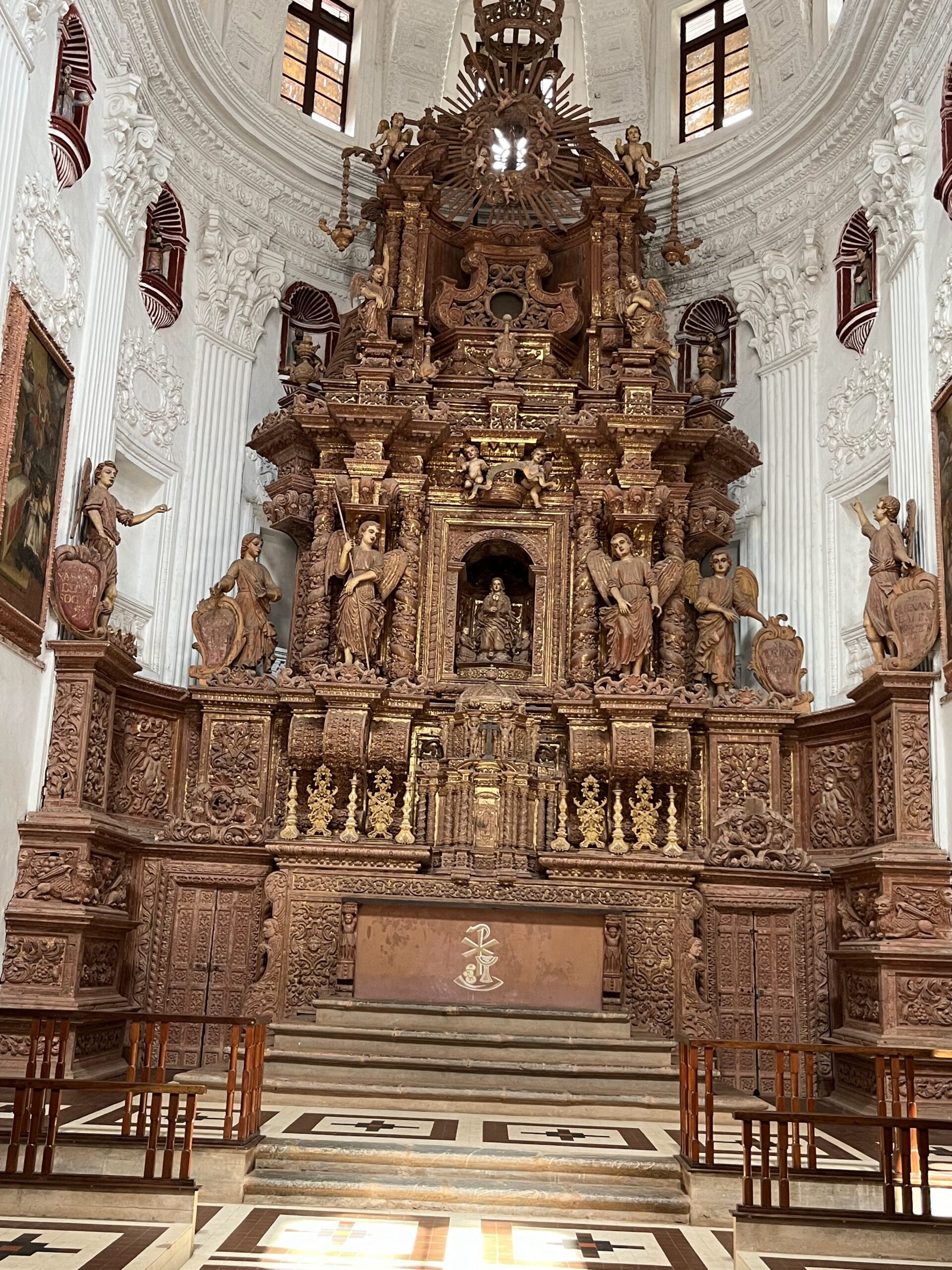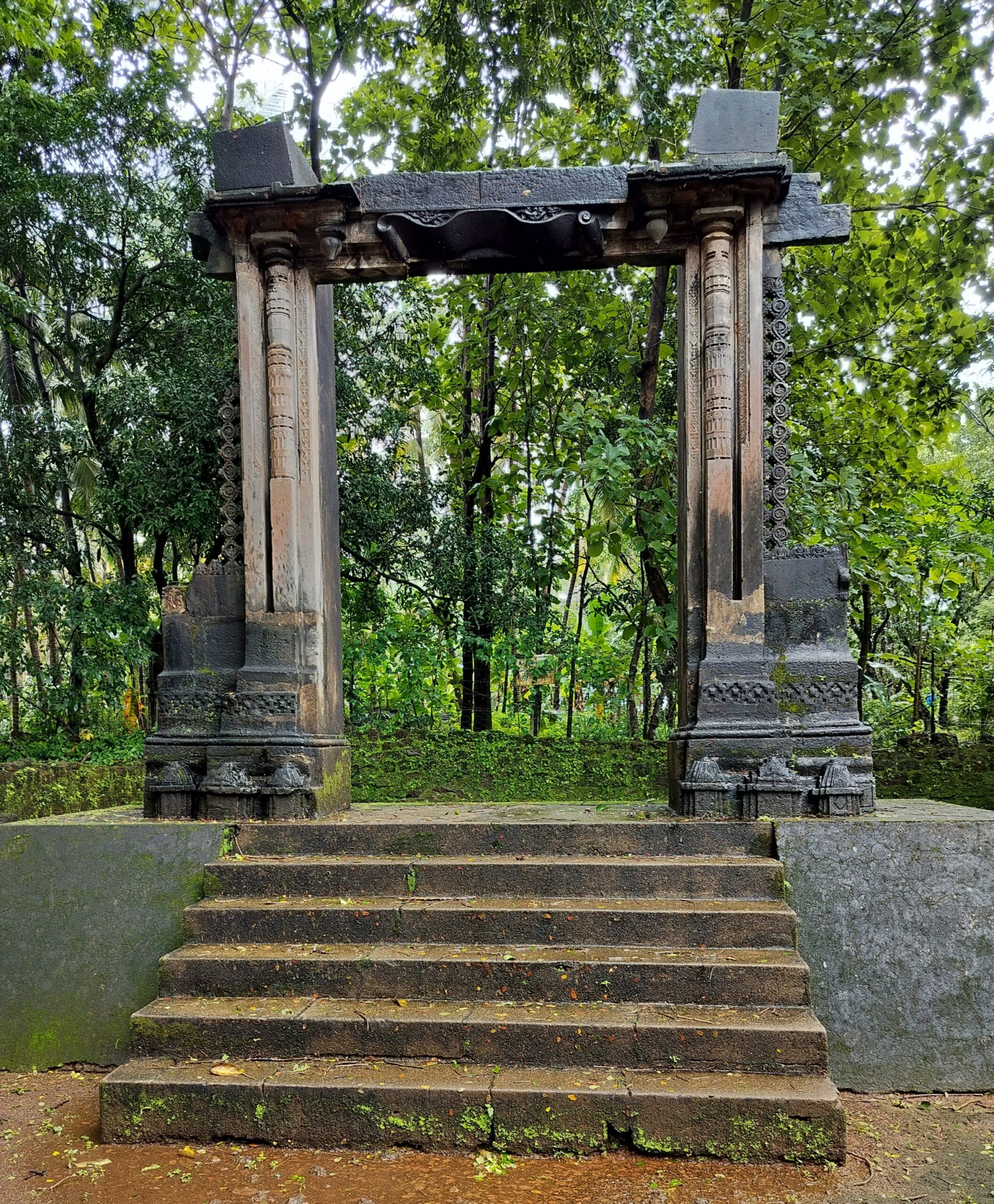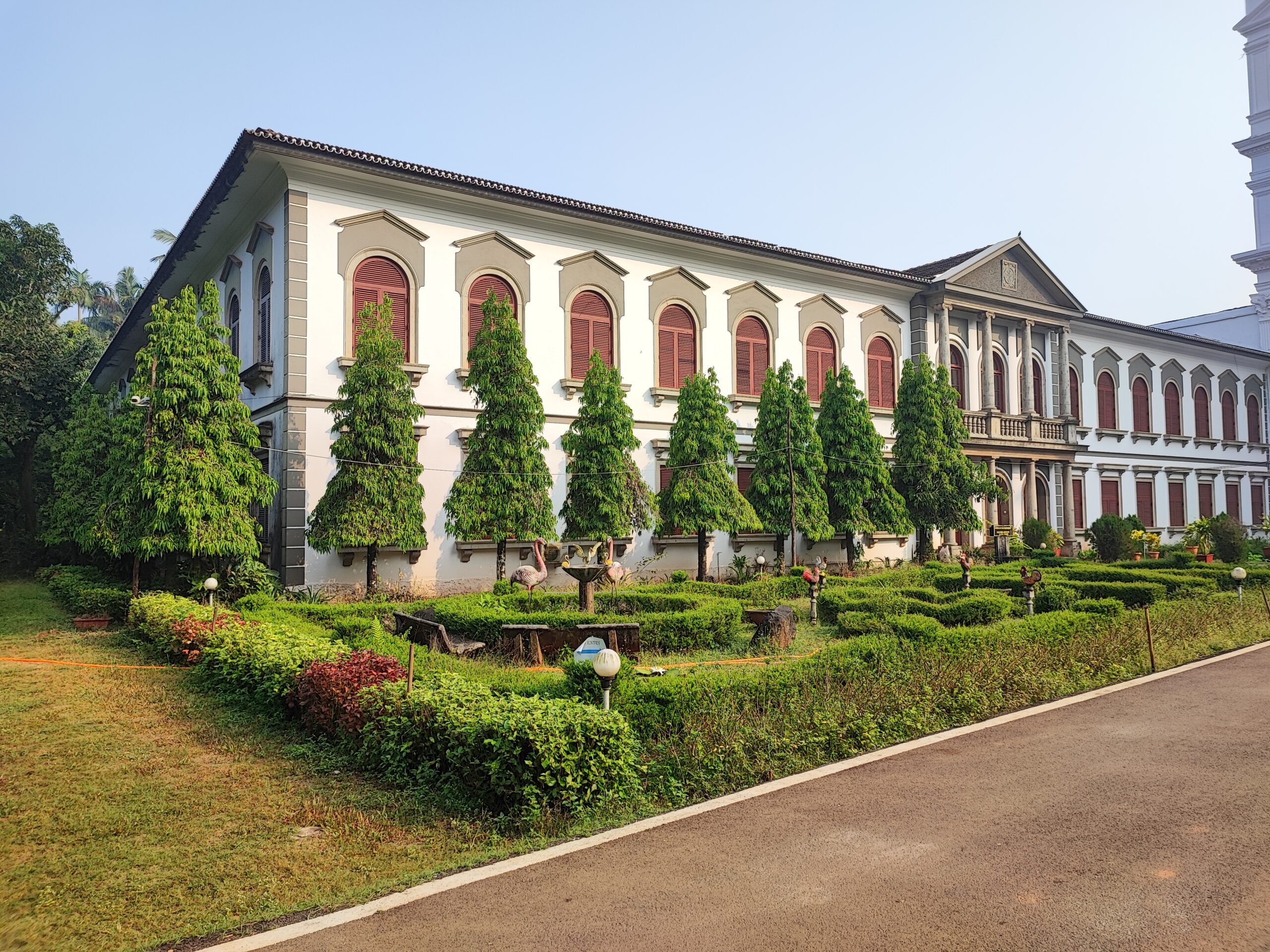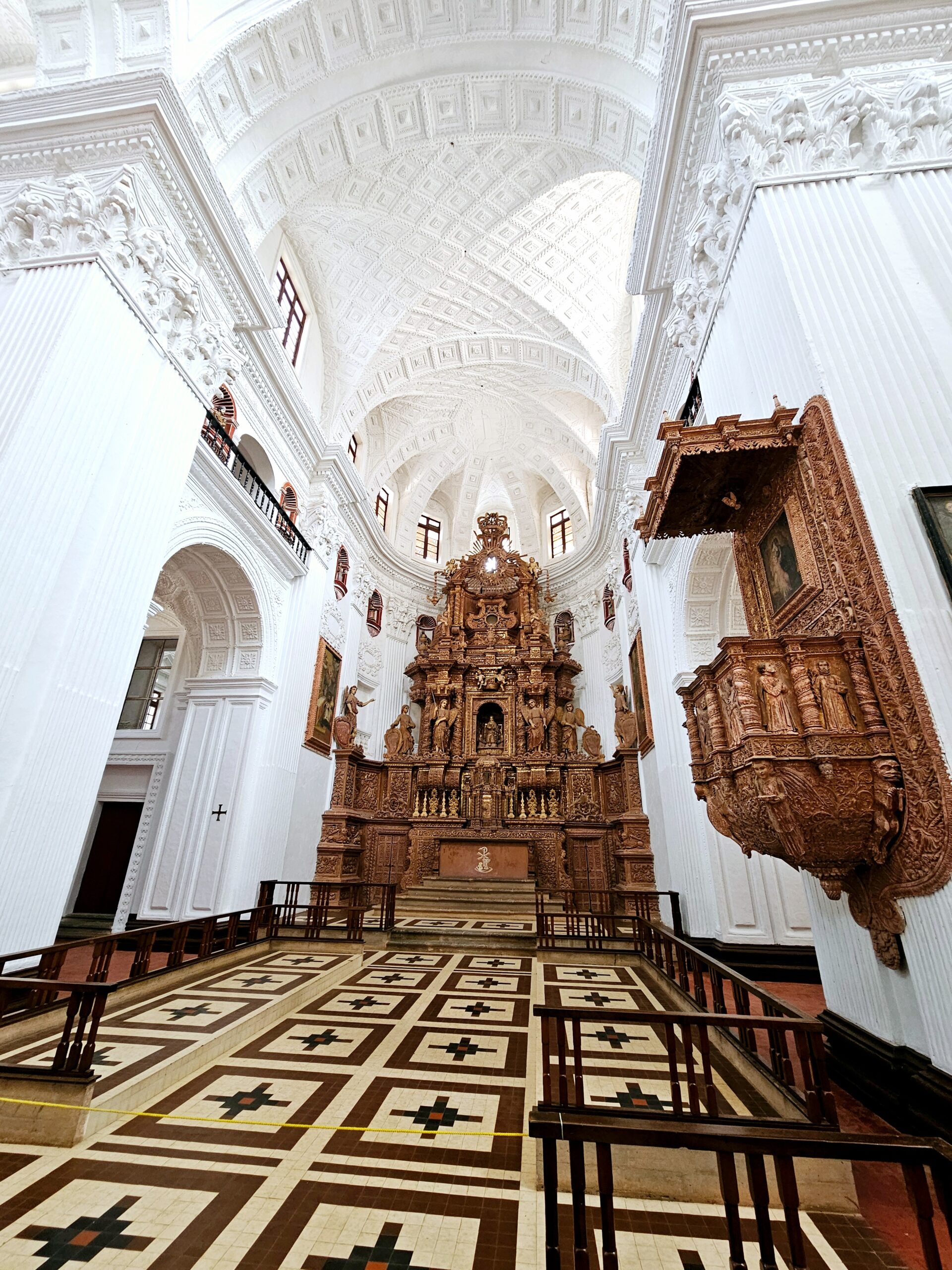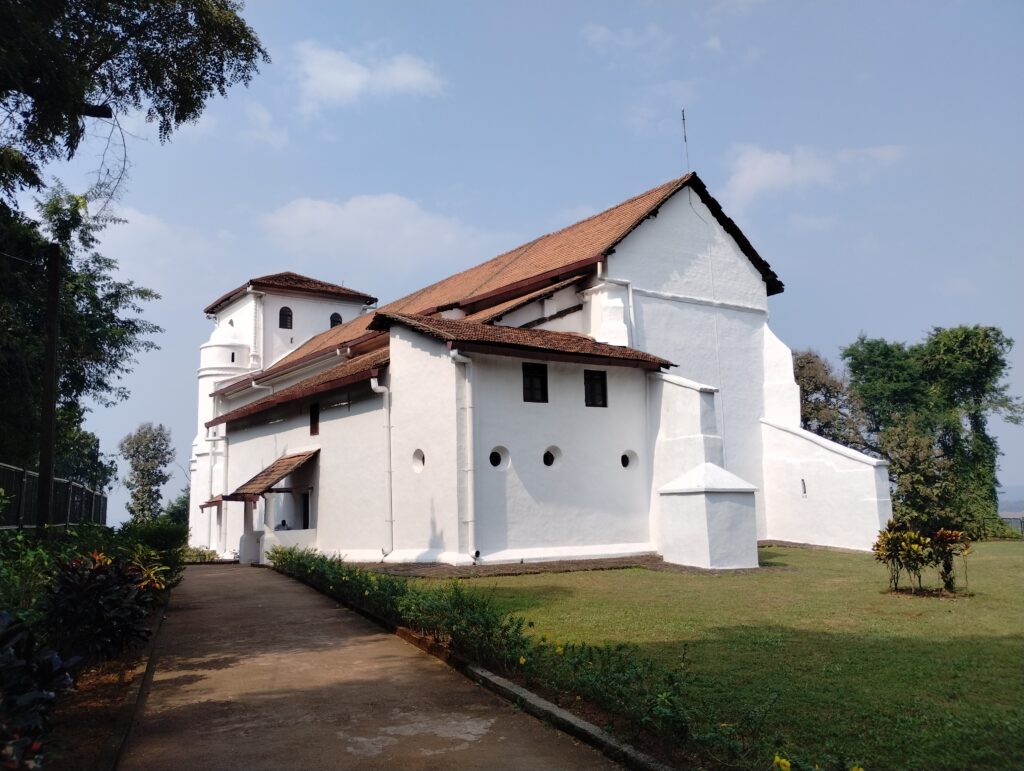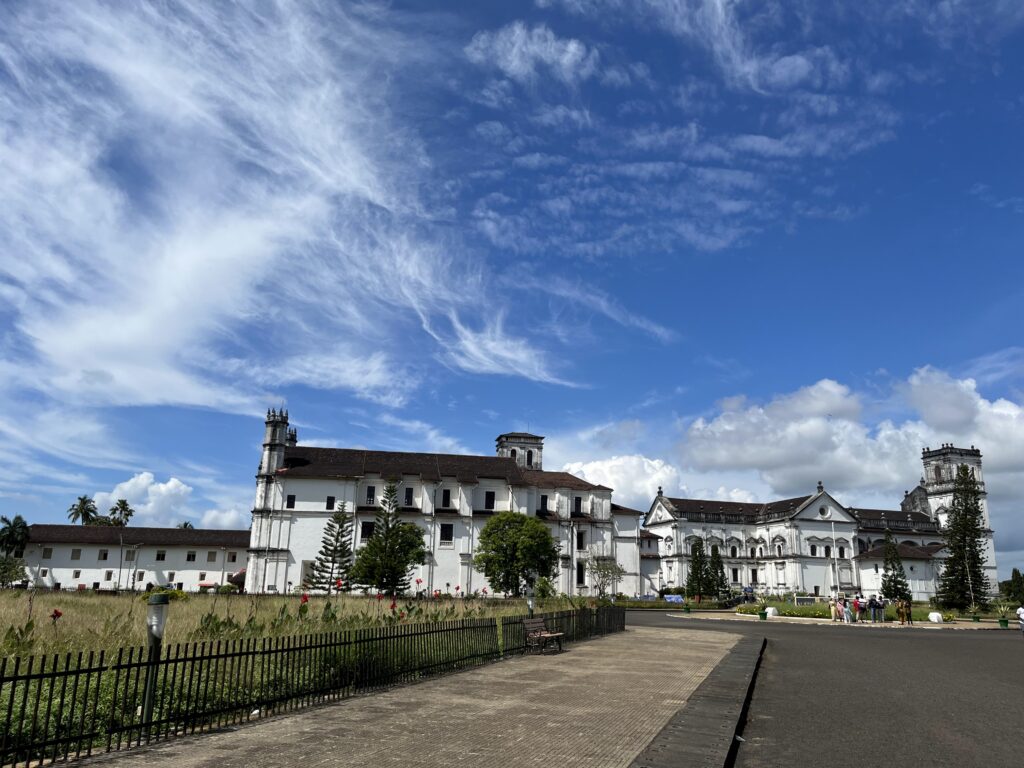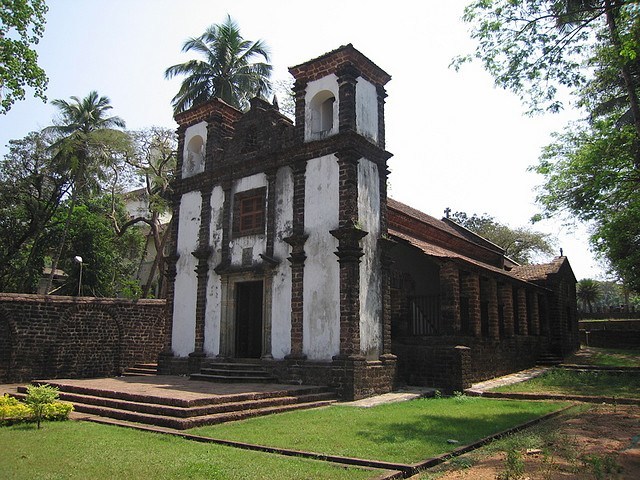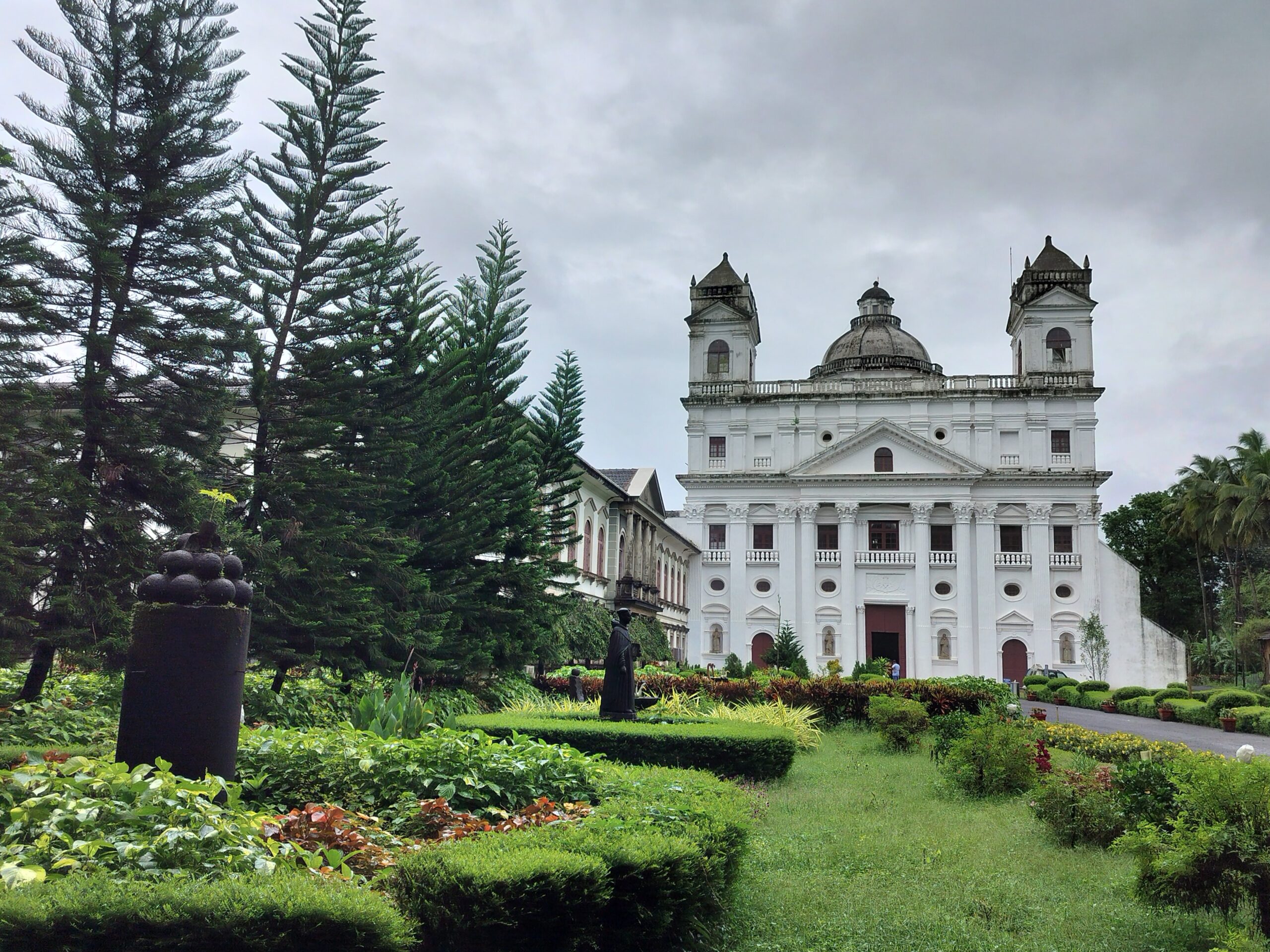
St. Cajetan Church: Old Goa’s Italian Masterpiece
St. Cajetan Church, also known as the Church of Divine Providence, is one of Old Goa’s most distinctive UNESCO World Heritage monuments. Renowned for its striking Italian-inspired architecture and serene atmosphere, this church stands apart from the more familiar Portuguese Baroque churches that dominate the Goan landscape. For history enthusiasts, architecture lovers, and spiritual seekers, St. Cajetan Church offers a fascinating glimpse into a unique chapter of Goa’s colonial past.
Visiting Hours: 9:00 am to 5:00 pm, daily
Entry Fee: Free for all visitors
Dress Code: No strict dress code, but modest attire is recommended out of respect for the church’s religious significance. Comfortable walking shoes are advised, especially if exploring other heritage sites in Old Goa.
How to Reach
View Location
St. Cajetan Church is situated in Old Goa, just half a kilometer northeast of the Se Cathedral and close to the Mandovi River. The site is easily accessible by road from Panaji (about 10 km away) and can be reached via taxi, bus, or private vehicle. Once in Old Goa, the church is well signposted and located within the main heritage precinct, making it easy for visitors to explore alongside other historic monuments.
History and Origins
The church’s origins trace back to the mid-17th century when Italian friars of the Theatine Order arrived in Goa after being denied entry into the Golconda Empire. With the Portuguese king’s approval, construction began in 1655 and was completed in 1661 under the guidance of Italian architects Carlo Ferrarini and Francesco Maria Milazzo. Dedicated initially to Our Lady of Divine Providence, the church is popularly known as St. Cajetan Church in honor of the Theatine Order’s founder, St. Cajetan, a contemporary of St. Francis Xavier.
Architectural Splendor
St. Cajetan Church is a rare example of Italian Renaissance architecture in India. Inspired by St. Peter’s Basilica in Rome, the church features a grand hemispherical dome, a Greek cross floor plan, and a striking white façade adorned with Corinthian columns. Four statues of the apostles—St. Peter, St. Paul, St. John the Evangelist, and St. Matthew—grace the façade, set within elegant niches.
A Latin inscription encircles the dome: “Quaerite primum regnum Dei et haec omnia adjicientur vobis” (“Seek ye first the Kingdom of God, and all these things shall be added unto you” – Matthew 6:33), reflecting the spiritual mission of the Theatines. Inside, the church is bright and spacious, with pristine white walls, intricately carved wooden altars, and gilded reredos. The main altar is dedicated to Our Lady of Divine Providence, while six additional altars, including one to St. Cajetan, line the interior. A unique feature is the 72-foot-deep well located directly beneath the dome, visible through a raised platform.
Cultural and Spiritual Significance
St. Cajetan Church has played a pivotal role in Goa’s religious history. The Theatine monks were known for their progressive stance on distributing Holy Communion to all Goan Catholics, regardless of caste or social status. The church remains an active place of worship and a symbol of the Theatine Order’s perseverance and dedication, having established their mission in Goa despite initial resistance.
The Convent and Present-Day Use
Adjacent to the church is the Convent of St. Cajetan, which was built later and expanded with government support. Today, the convent houses the Pius X Institute of Pastoral Theology and a small museum of Christian relics, continuing the Theatine tradition of service, education, and preservation of heritage.
Best Time to Visit
St. Cajetan Church is open to visitors throughout the year, but the best time to visit is from October to March when the weather is pleasant. The church is a must-visit for anyone interested in Goa’s UNESCO World Heritage sites, offering a peaceful retreat and a unique perspective on the region’s cultural and architectural legacy.

